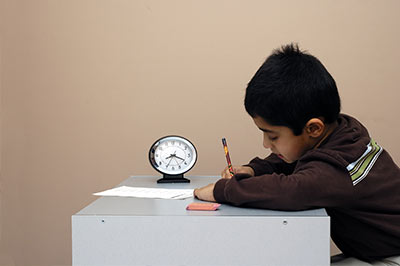 Earthman, G. (2013). Dr. Earthman wrote about the catastrophes that can occur at any place and for any reason. Within the past years an extraordinarily high number of catastrophic events have happened to public schools. From a high number of tornados to excessive flooding and unseasonable weather, the country has experienced a considerable number of very difficult environmental disasters that have adversely affected schools. These are never pleasant occurrences and it is the duty of education officials to ameliorate the subsequent devastation. Such was the case in a school system in Virginia where the roof of the gymnasium collapsed during a snowstorm in the middle of the school year. At the beginning of the spring semester, the high school students were without a place to continue their schooling. The planning efforts of the school authorities were strained for several reasons. Questions regarding the continued use of the high school building for the remainder of the year and where to put the student body for the rest of the year if the building was unusable were of utmost concern. The concerns and maneuvering of the various players in this drama are discussed in this article. In spite of the fact that this was a catastrophe to the various groups within and outside the school system, plans were made and executed so that all students were housed for the semester. The planning activities for the following year are set forth as well as the manner in which the school division staff conducted the effort and interacted with the community and governing body. The lessons that can be learned from the planning effort of this school staff are carefully analyzed and discussed.
Earthman, G. (2013). Dr. Earthman wrote about the catastrophes that can occur at any place and for any reason. Within the past years an extraordinarily high number of catastrophic events have happened to public schools. From a high number of tornados to excessive flooding and unseasonable weather, the country has experienced a considerable number of very difficult environmental disasters that have adversely affected schools. These are never pleasant occurrences and it is the duty of education officials to ameliorate the subsequent devastation. Such was the case in a school system in Virginia where the roof of the gymnasium collapsed during a snowstorm in the middle of the school year. At the beginning of the spring semester, the high school students were without a place to continue their schooling. The planning efforts of the school authorities were strained for several reasons. Questions regarding the continued use of the high school building for the remainder of the year and where to put the student body for the rest of the year if the building was unusable were of utmost concern. The concerns and maneuvering of the various players in this drama are discussed in this article. In spite of the fact that this was a catastrophe to the various groups within and outside the school system, plans were made and executed so that all students were housed for the semester. The planning activities for the following year are set forth as well as the manner in which the school division staff conducted the effort and interacted with the community and governing body. The lessons that can be learned from the planning effort of this school staff are carefully analyzed and discussed.
Dr. Glen I. Earthman possesses forty years experience in the field of education at all levels and thirty years of specialized experience in the educational facilities planning arena. He has taught extensively on the subject of educational facilities for over thirty years at Virginia Polytechnic Institute and State University and has provided consultation to over seventy school districts regarding educational facilities planning. He has authored six books on the subject of educational facilities, several book chapters, and has published extensively in professional journals as well on this subject. He served as the first Director of the National Clearinghouse for Educational Facilities. He continues a schedule of teaching and research in the field of school facilities specializing in the relationship between school building condition and student and teacher health and performance.










